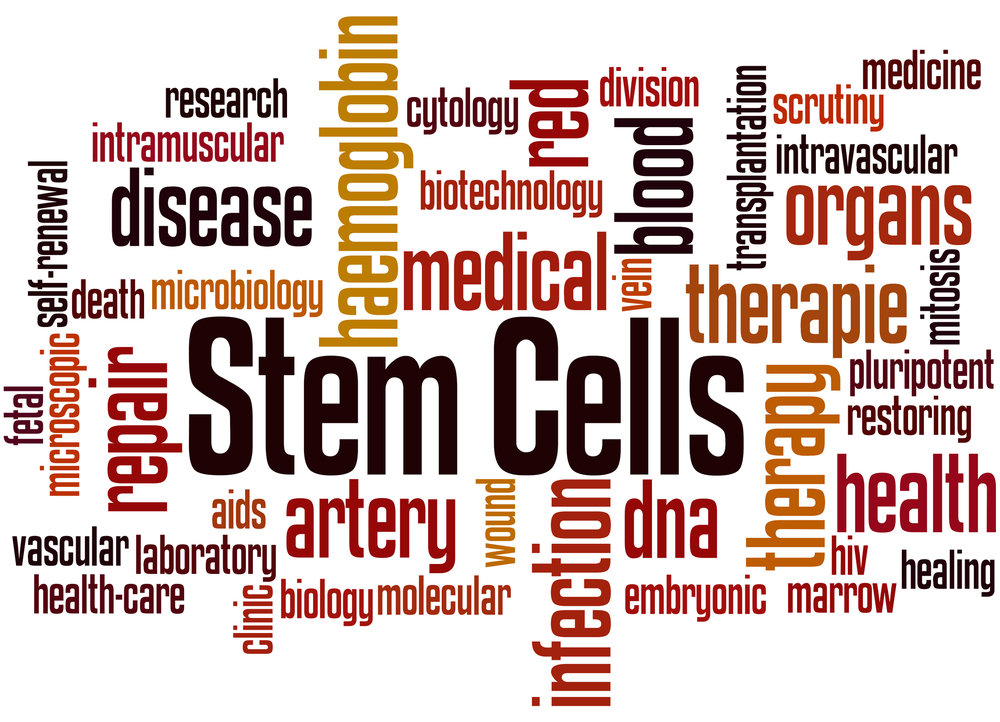Cures Act May Speed Approval of Stem Cell Therapies for MS and Other Diseases

The 21st Century Cures Act, recently signed into law by President Barack Obama, includes provisions that aim to speed up the process by which the U.S. Food and Drug Administration (FDA) reviews stem cell treatments for patients with degenerative diseases, such as multiple sclerosis, rheumatoid arthritis, and Parkinson’s disease.
This act also brings new dollars ($4.8 billion over 10 years) to the National Institutes of Health, partly with a goal of advancing biomedicine and regenerative therapies.
In a statement, Robert M. Califf, the FDA commissioner welcomed the act for establishing “a new program for the development of regenerative medicine products, an important and exciting new field that deserves this special focus.” Key elements in its provisions, Califf said, were an “enhance[d] … exchange of information among FDA, researchers and developers,” and the creation of a “research network and a public-private partnership to assist developers in generating definitive evidence” that could lead to quicker approval of therapies showing that they “indeed provide clinical benefits that are hoped for.”
The FDA will receive $500 million over 10 years to implement these programs.
Under the Cures Act, “regenerative medicine and advanced therapies” are defined so as to include gene therapy, gene-modified cell therapy, therapeutic tissue engineering products, human cell and tissue products, and combination products that use these therapies or products, according to an “explainer” on the new law released by the Regulatory Affairs Professionals Society or RAPS.
The law was also welcomed by those working in regenerative therapies, including Dr. Steven Brody, chief scientific officer of StemGenex. At a mid-September FDA public hearing into the use of human cells, tissues and tissue-based products — in advance of an awaited agency guideline on such use — Brody emphasized the importance of a regulatory pathway that secures patient safety, while also accelerating the review of new regenerative treatments, such as stem cell therapies.
“Adult stem cells are potentially the most diverse and effective healing agents ever known,” Brody added in a press release. “They have been proven to treat an astounding variety of conditions, ranging from injuries to chronic, debilitating diseases.”
The Cures Act also has a number of provisions intended to speed approval of medical therapies. Chief among these is one that allows the FDA to use “real world evidence” in select reviews of treatments, and specifically pertains to new uses (or indications) of already approved drugs. Real world evidence covers such things as information from observational studies, patient input and anecdotal data. The act also allows for “data summaries,” rather than full clinical trial results, for the approval of new treatments.
By adopting “real world” evidence as a standard for review, some see this as a shift away from randomized clinical trial results in FDA consideration of, potentially, all treatments and devices awaiting approval.
Proponents claim these new procedures will not lower safety standards, and will work to bring therapies more quickly to people in need of them. But some critics, including some former FDA officials and national consumer groups, argue that the FDA already moves quickly compared to similar agencies in other countries.
Nevertheless, the Cures Act includes important measures that impact regenerative and stem cell therapies. (Stem cells are unspecialized cells that have the potential to differentiate into specialized cells, and are found in both embryos and adults. As such, they can help to repair the body by dividing to replenish cells that are damaged by disease, injury, or wear.)
Specifically, the act allows for the FDA “to grant accelerated approval for regenerative therapeutic products and directs FDA to consider the unique characteristics of such therapies.” It also requires that the agency “provide a rationale with a determination of whether or not to grant accelerated approval,” according to RAPS. “This section, however, does not change the standards of evidence or limit any other of the authorities of FDA,” the explainer states.
Other notable measures (in Sections 3033-3036 of the legislation) listed by RAPS include:
- establishing that devices used with a regenerative therapeutic product will be considered moderate risk devices
- requiring FDA to update guidance and regulations on regenerative therapeutic products and hold a public meeting to encourage innovation
- requiring the FDA to consult with stakeholders and the National Institute of Standards and Technology (NIST) to establish standards, and support the development, evaluation, and review of regenerative medicine
Research is underway regarding the potential of many types of stem cells to repair the nervous system, in particular myelin — the coating that surrounds and protects the nerves — that is damaged in MS. Such therapies hold promise as a way of restoring physical function to patients and reducing or stopping MS progression.
StemGenex is currently sponsoring five clinical outcome studies, including one MS study (NCT02157064), in which patients with any form of MS — relapsing or progressive — will treated with a cellular concentrate derived from an individual’s own fat. The concentrate, called stromal vascular fraction (SVF) contains components with “regenerative” properties, including stem cells that may be capable of improving the condition. The study will investigate the treatment impact on the quality of life for up to 12 months following SVF treatment.
According to Rita Alexander, chief administrative officer of StemGenex medical group, the new legislation may well lead to more treatment options, including stem cell treatment, for patients with degenerative diseases like MS.
“This bill is a victory for the average person fighting a disease,” she said.






